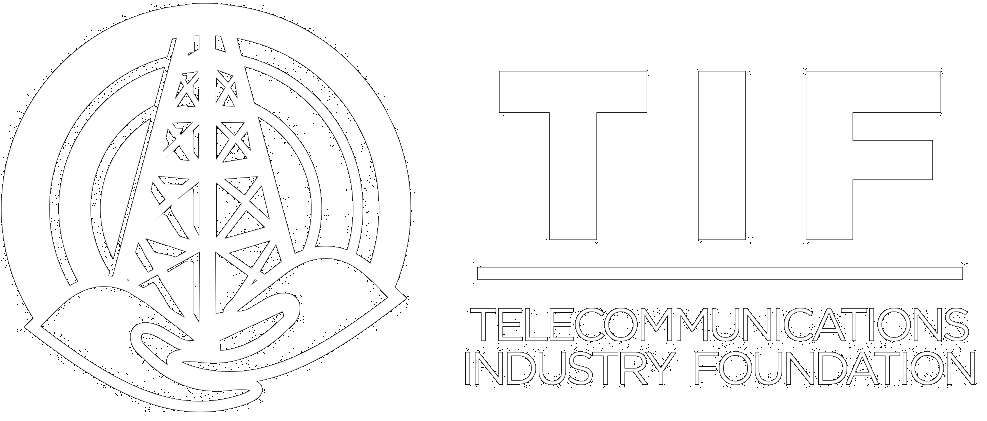In dense urban environments, rooftop wireless deployments offer practical alternatives to traditional macro towers but face significant challenges from external passive intermodulation (PIM), which can severely compromise network reliability. This white paper highlights the sources of internal and external PIM—such as corroded metal surfaces or poor component assembly—and stresses that rooftop sites are especially vulnerable due to unpredictable surroundings and proximity to interfering structures. To combat these issues, it recommends best practices like specialized diagnostics, rigorous site maintenance, and interdisciplinary collaboration across design, construction, and optimization teams. A forward-looking approach, emphasizing proactive site selection and standardized materials, is essential to ensure consistent network performance as wireless demand and frequency complexity rise.
The objectives of this white paper are:
- Raise Awareness: Highlight the increasing challenges associated with external PIM on rooftop wireless sites and its impact on network performance.
- Provide Clarity: Differentiate between internal and external PIM sources to streamline troubleshooting processes.
- Share Best Practices: Offer actionable solutions for identifying, mitigating, and preventing PIM issues, including the use of specialized tools and structured methodologies.
- Promote Industry Standards: Encourage adherence to proven construction, maintenance, and design practices to minimize the prevalence of external PIM.
- Enhance Collaboration: Foster a coordinated approach among site acquisition, RF design, site construction, and RF optimization teams to address PIM holistically.

